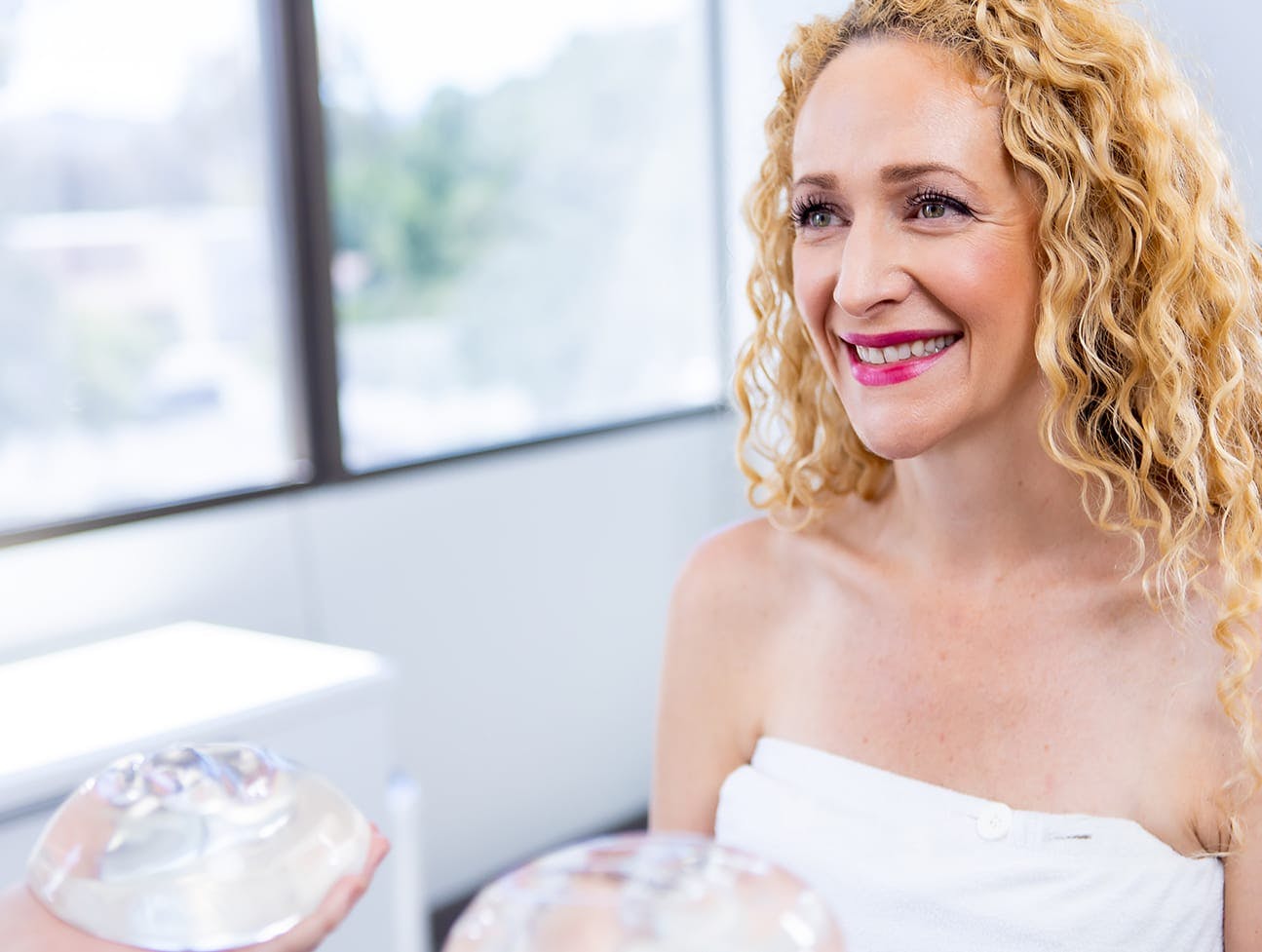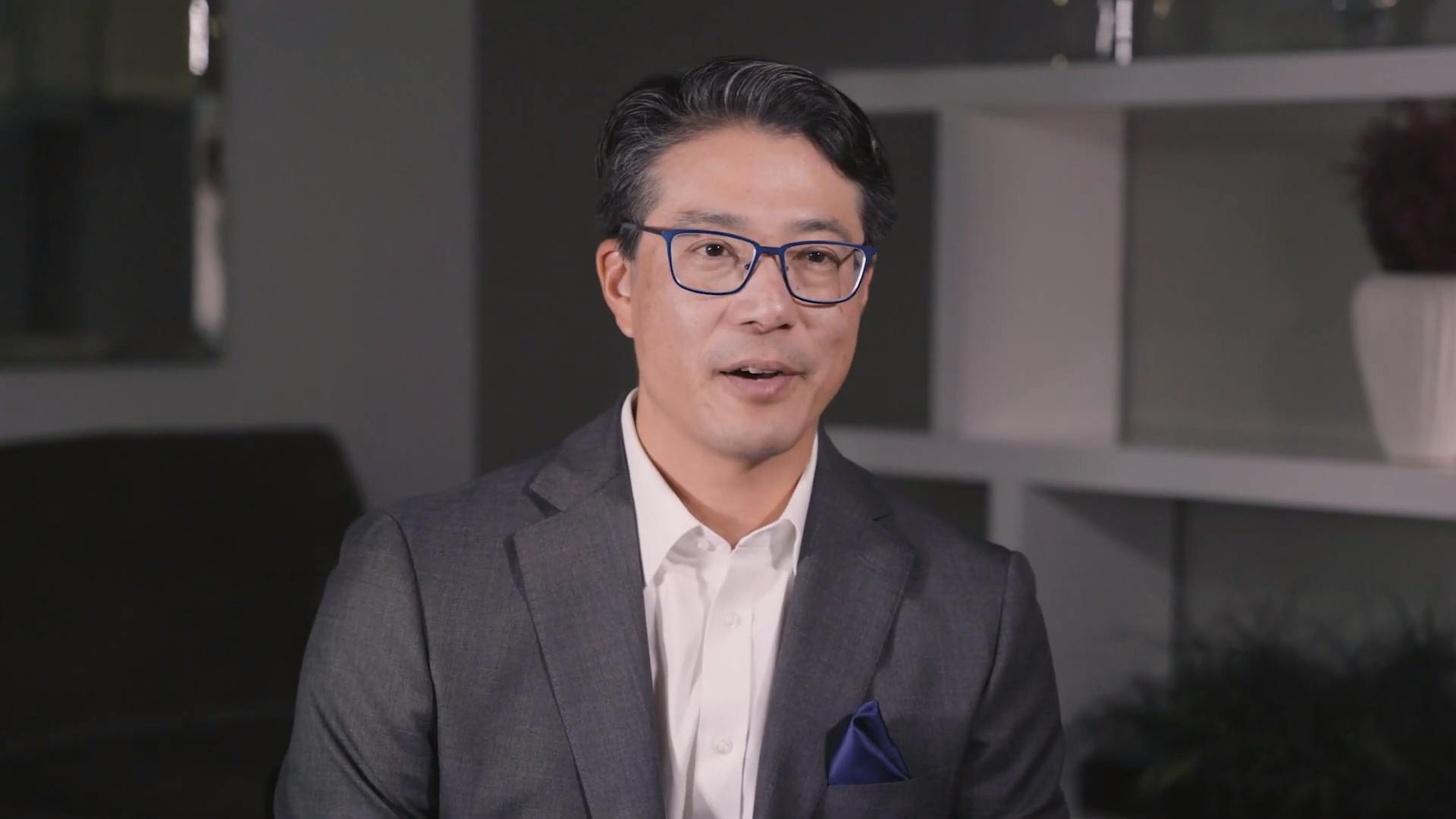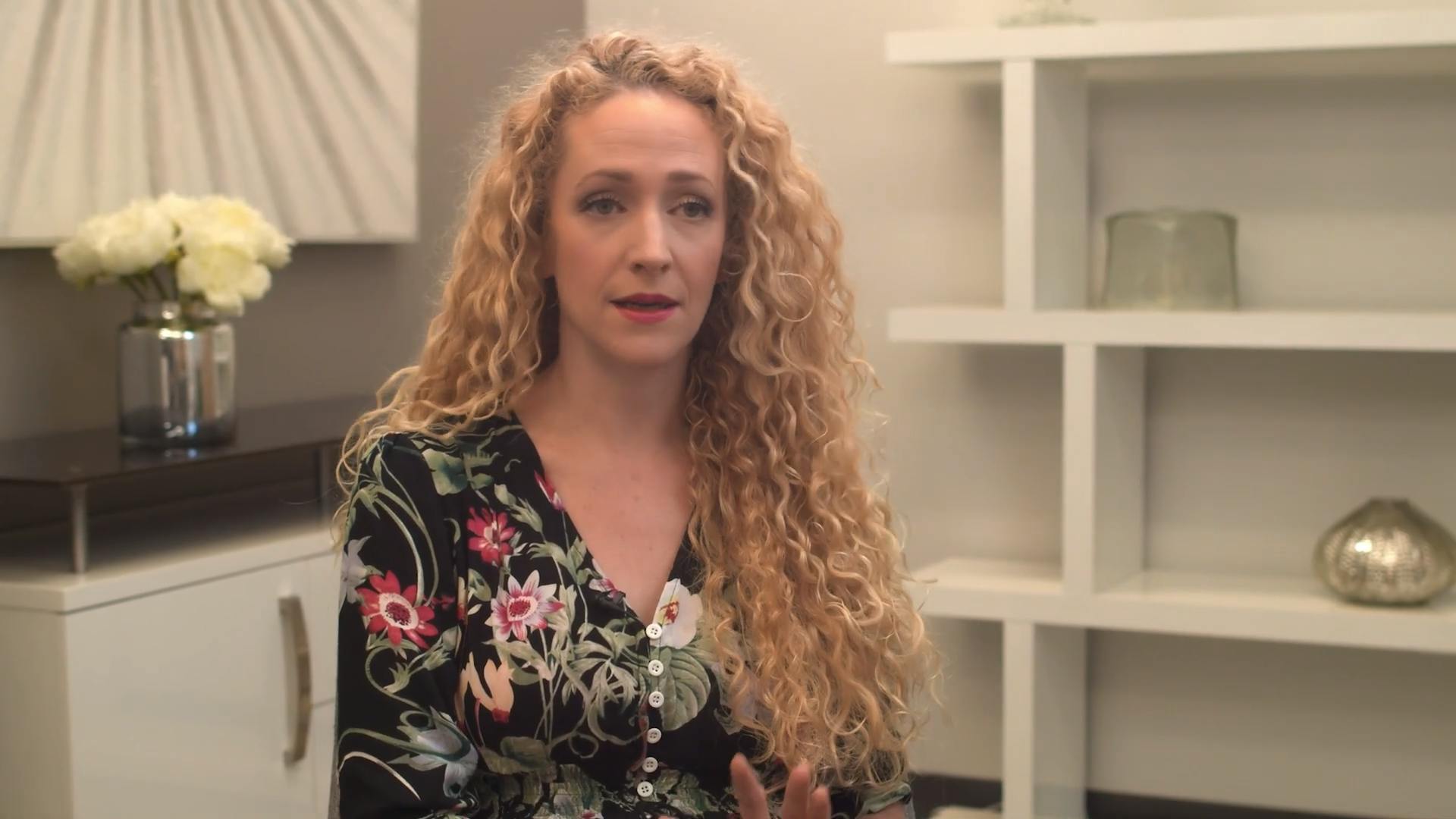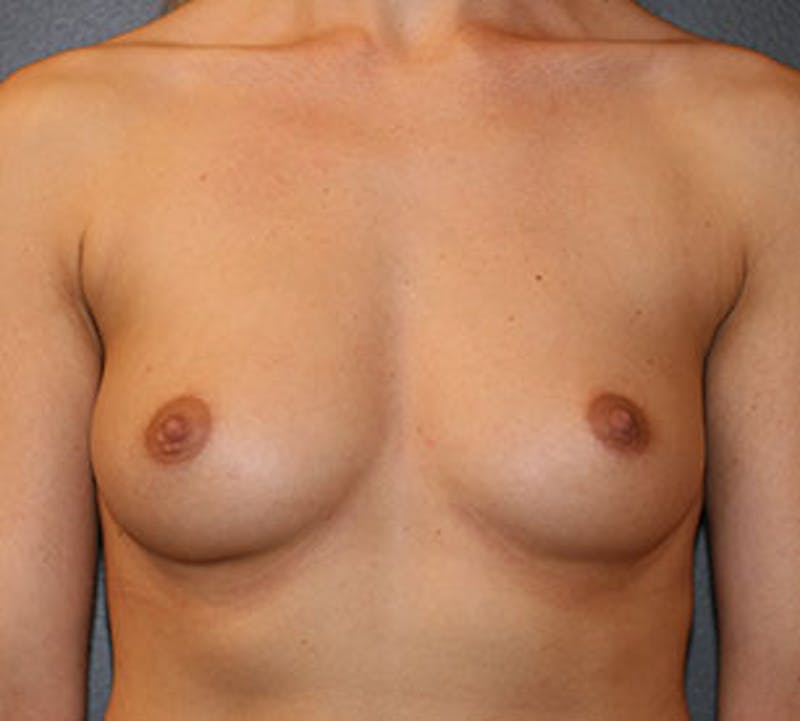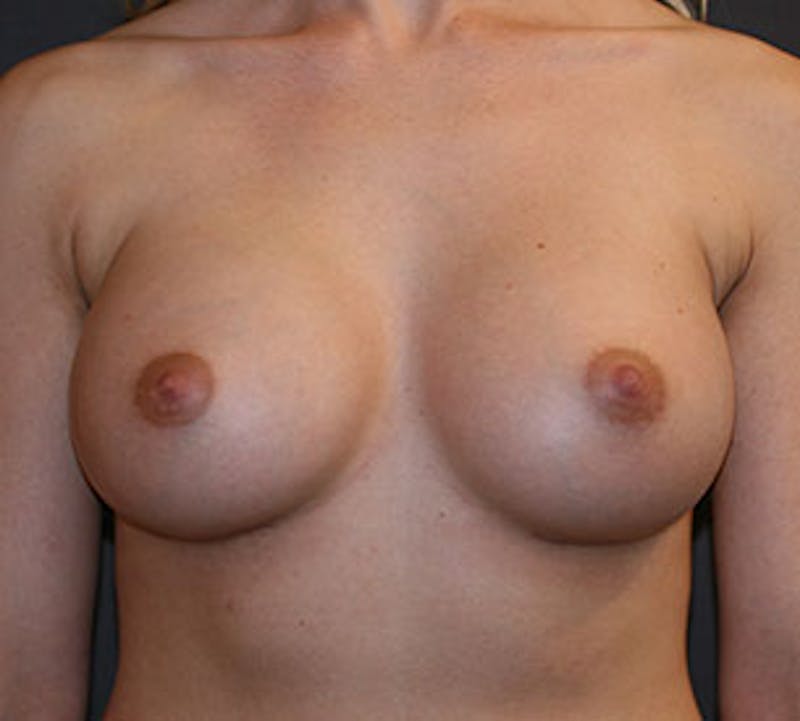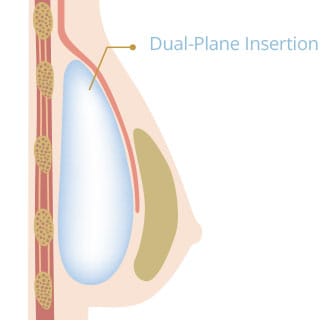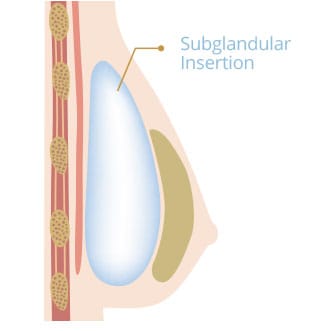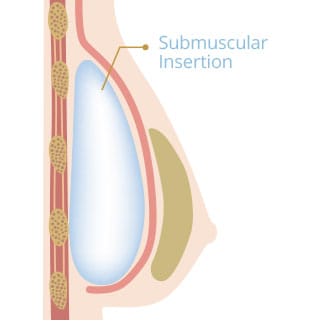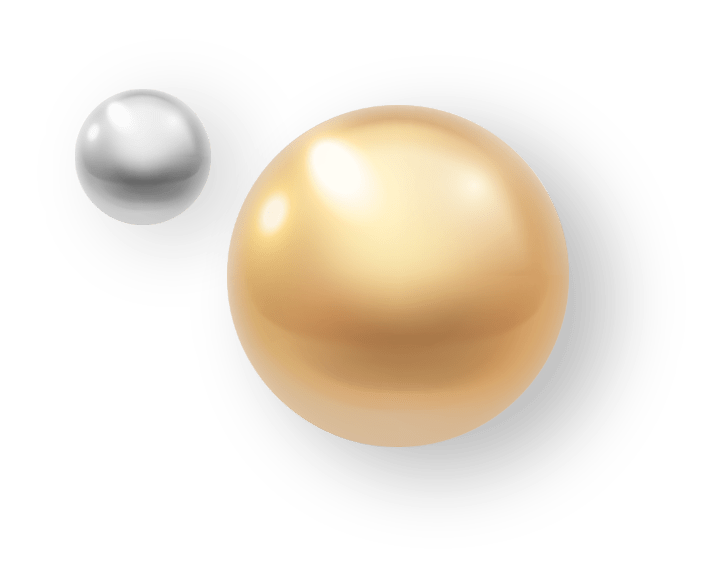Breast augmentation (enlargement) using breast implants is one of the most common plastic surgery operations performed in the United States and the number of women seeking breast enlargement continues to increase.
In 2020, there were approximately 250,000 breast augmentations performed by plastic surgeons. The continued popularity of breast augmentation is a testament to the high levels of patient satisfaction achieved with the operation. Breast augmentation is a safe procedure with several studies showing a very high satisfaction rate (95% at 6 years post-op). Even though patients who undergo breast enlargement come from a variety of backgrounds, most describe feelings of improved self-image, increased self-esteem, and better interpersonal skills after surgery.
Why Women Choose Breast Augmentation
Women may elect to undergo breast augmentation for many reasons. Some women merely want to increase the size of their breasts. Others may want to improve how they look in clothing or a swimsuit. Breast implants can dramatically change a woman’s appearance and self-esteem by enlarging breast volume to provide a fuller or more youthful appearance. In many cases, patients may be self-conscious about their breast size or shape following pregnancy, breast feeding, or massive weight loss. In these situations, breast implants can help restore the natural volume and contour of the breast.
Additionally, breast augmentation can help reconstruct the breasts after cancer removal surgery to help reclaim a patient’s self-image. While not all cancer patients feel a desire to rebuild the breast(s) following a mastectomy, a combination of implant placement and other breast reconstruction techniques can help restore the appearance of one or both breasts as naturally as possible. Everyone has their own personal reasons for considering breast augmentation, and our board-certified plastic surgeons are here to discuss how to make your goals a reality.

Patient Choices and Operative Techniques
Several choices confront the patient who is thinking about breast augmentation. Depending on who your surgeon is, Dr. Jerome Liu or Dr. Tom Liu will walk you through the decision making process and help you select an implant and operative procedure to help you achieve your goals. The pre-operative decisions can be divided into: implant type (silicone gel versus saline), implant size, pocket placement (above or below muscle), and incision (inframammary fold, peri-areolar, or axillary).
Before & After
View More
Implant Size
Choosing an implant size is an important decision. Although there are many ways to estimate the effect of an implant, nothing is more important than having a detailed discussion with your surgeon, either Dr. Jerome Liu or Dr. Tom Liu. We also have a variety of sample implants in the office for you to feel and examine.
Our goal is to help you select an implant that will produce natural-appearing breasts without the stigma of being “overdone” or “over the top.” A properly selected implant can improve the fullness of the breasts and augment the cleavage without causing distortion. On the other hand, an implant that is too large will look unnatural and cause distortion of the breast. Furthermore, an over-sized implant may have long-term effects on the surrounding breast tissue, leading to thinning skin and tissue as well as increased stretch and sagging of the breast.

Schedule a Consultation

RNR Procedures
Recovery
Breast augmentation patients return home on the same day as their surgery. However, a responsible adult should remain with them for the next 24 hours to ensure optimal safety and recovery.
The recovery period generally ranges from three days to one week, and most patients feel well by the fifth day. You should avoid strenuous exercise for two to three weeks, during which time Dr. Liu will closely monitor you so he can let you know when it is safe to resume complete activities.
Introducing Our Signature RNR™ Procedures
One of the most urgent questions our patients ask involves the aftercare process. Returning to normalcy after an invasive surgical procedure can take time and may include a fair amount of discomfort.
At the Silicon Valley Institute for Aesthetics, we’ve pioneered a recovery approach that foregoes the need for narcotics pain medications, thanks to our signature RNR Procedures. If you’d like to learn more about the various RNR Procedures we offer, simply reach out and set up your consultation with a member of our team today.
You’ll love our RNR Procedures because of the following benefits:
- Accelerated aftercare process
- Minimal use of opiates
- Use of gentle medications
- No restrictions on movement
- No need for special dressings, bras, or drains
- Use of nerve blockage for enhanced comfort
- Ability to shower within 24 hours of your procedure
Cost of Breast Augmentation
At Silicon Valley Institute for Aesthetics, breast augmentation typically costs between $8,500 and $10,500. This price range includes the costs generally associated with cosmetic surgery, including the surgeon, anesthesia, and facility (operating room) fees. Breast augmentation is a highly customized procedure, therefore the price of each breast enhancement will be similarly tailored to each patient’s needs and preferences. Details unique to your treatment plan will influence your personalized quote, including:
- The type of implants chosen
- The breast augmentation technique utilized
- The complexity of your procedure
Once Dr. Jerome Liu or Dr. Tom Liu evaluates your concerns in a consultation, our patient care coordinator will be able to provide you with an accurate cost estimate. We accept financing plans from an array of plastic surgery lending companies, including CareCredit®, ALPHAEON™ Credit, and Prosper® Healthcare Lending.
These financial institutions can make breast augmentation costs more manageable by allowing qualified patients to pay for their procedure in affordable, low- to no-interest installments. If you have any questions, please don’t hesitate to call our office and a member of our team would be happy to assist you.
Breast Augmentation FAQ
Am I a good candidate for breast augmentation?
How do I choose between high, medium, and low profile implants?
How can I achieve a natural aesthetic result?
How do I decide which incision is right for me?
How do I know if I need a breast lift or just an implant?
When is the implant supposed to be in the right position?
Am I a good candidate for breast augmentation?
Breast augmentation involves the placement of a saline or silicone filled implant behind the breast and muscle to increase the size of the breast. The only effect of the breast implant is to increase the volume of the breast. Therefore, good candidates for breast augmentation are patients who would like an increase in size without the need to raise the nipple or the breast from a position that is too low. The ultimate goal is to fill the breast to provide a more youthful appearance without damaging the skin and tissue.
How do I choose between high, medium, and low profile implants?
Breast implants come in all different sizes and shapes. Ultimately, during the consultation, we will find the implant(s) that fit your body the best. The profile of the implant indicates how projecting the implant is relative to the base width. In general, the moderate profile (generally known as a moderate plus) is the most versatile and widely used implant for primary augmentation. This implant strikes a good balance between offering projection and volume while maintaining a natural appearance. High and low profile implants are sometimes used depending on specific circumstances for a patient. Low profile implants are more likely to be used in someone who only wants a small augmentation and high profile implants tend to be used more commonly in revision or secondary surgery.
How can I achieve a natural aesthetic result?
No two breasts are the same. Therefore, there is not one implant that is perfect for everyone. We now have many shapes and sizes of implants available today that patients can achieve a natural shape and feel with implants. These include newer 5th generation silicone round implants, anatomic-shaped “gummy bear” implants and the new, structured IDEAL saline implant. The board-certified plastic surgeons at Liu Plastic Surgery aim to achieve the patient’s goals while maintaining a natural look. At a consultation appointment, you will have a customized evaluation, bio-dimension analysis, and measurement to determine which implant is right for you to create a natural aesthetic result and feel.
How do I decide which incision is right for me?
There are several incision locations available for breast augmentation surgery. The location is dependent on a patient’s anatomy and the type of implant. The most common and most advantageous incision is the inframammary fold (breast crease). Most importantly, the breast crease incision is associated with the lowest rates of capsular contracture. Furthermore, this incision is hidden in the fold with minimal visible scarring. The cease incision also gives direct access for implant placement and gives the surgeon the most control in the operation to achieve the best results. The breast tissue is not disrupted because the implant does not need to go through the breast to get behind the breast and muscle. Other incision sites include periareolar (nipple) and transaxillary (armpit). The periareolar incision is associated with higher rates of capsular contracture and patients can experience loss of nipple sensation. Per manufacturer guidelines, the transaxillary incision is limited to saline implants only. Both of these latter incisions (periareolar and transaxillary) decrease the surgeon’s ability to be precise with the operation.
How do I know if I need a breast lift or just an implant?
Breast augmentation involves the placement of an implant to enlarge the breast. However, breast augmentation does not change the shape of the breast. If the breast shape has changed with gravity, time, or pregnancy, a breast lift (mastopexy) may be needed to restore the shape of the breast. This would involve additional incisions to raise the position of the nipple and remove some of the extra skin on the breast. A simple way to determine whether a breast lift would be needed is to examine the position of the nipple relative to the breast crease (where the breast meets the chest wall – where the underwire would sit). If the nipple is below this line, then a breast lift (mastopexy) might be needed. If the nipple sits above this line, then it is likely only an implant would be needed.A breast lift with an implant, also known as an augmentation-mastopexy, can be performed at the same time in good candidates. This would involve one trip to the operating room where both an implant is placed under the muscle and the breast shape is adjusted by lifting the nipple and removing any excess and damaged skin. Only a consultation with a board certified plastic surgeon could tell you if this would be the best option for you.
When is the implant supposed to be in the right position?
The implant pocket and the implant should be in the correct position immediately after surgery. Even though the implant is correctly placed, sometimes they appear high because the lower pole of the breast has not had time to stretch out and there is post-surgical swelling in the upper part of the breast. Post-operatively, the pocket can stretch a little bit until the breast capsule matures. Most surgeons believe that the breast capsule stabilizes between 3-6 months. After 6 months, the capsule is likely mature. Although there is long term remodeling, if the implant is not in the ideal position, a revision surgery to remove or manipulate the capsule is likely needed after the 6 month mark. Every patient is unique so there can be patient-to-patient variation. There are also differences in the amount of expected maturation between silicone versus saline, textured versus smooth, and round versus shaped implants.


